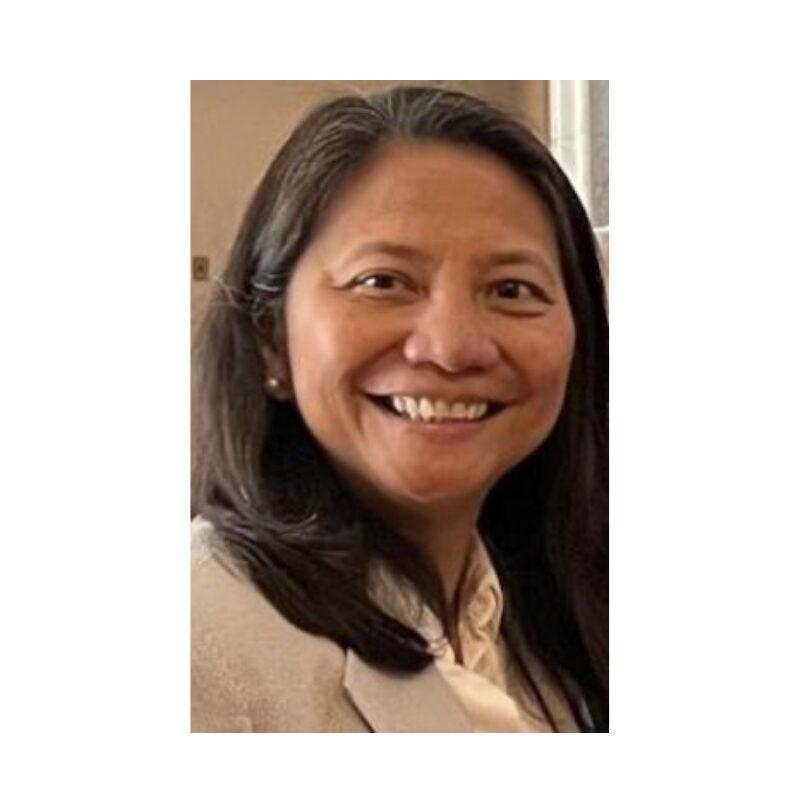FROM THE PERSPECTIVE OF A PATIENT’S FAMILY
(Part 2 of 2)
LOS ANGELES – In June 2011, Mercury News journalist Lisa M. Krieger faced an unthinkable ordeal. She had to rush her 88-year-old father to Stanford Hospital, due to a mysterious infection.
In her award-winning series entitled, The Cost of Dying (published in Mercury News), Lisa recounted the upheavals, questions and lessons that she learned from this whole experience.
In May 2013, The Filipino Press columnist Aurora Cudal faced a similar dilemma, when her husband suffered a massive stroke (his third), which forced her to choose between prolonging his life or following his advanced directive.
These two women had to make difficult decisions — choosing between life and death.
Their experiences also demonstrated the importance of palliative care and advanced directives in the most trying moments of their lives.
The cost of dying
Ken Krieger (who developed an advanced form of dementia late in life) was hospitalized for 10 days and was given several diagnoses, including an aggressive form of blood infection, weak breathing, high white blood cell count and skin infection.
For the first five days, doctors performed aggressive treatments to further examine Ken’s physiology and to prolong his life. These included aggressive antibiotics, intubation, medical scans, immune system boosts, and a proposed surgery to remove infected skin.
However, in spite of all the aggressive curative procedures and a proposed surgery, doctors inferred that it would be “a long and bumpy recovery, with no guarantee of success.”
Because quality of life was not assured — even after surgery — Lisa ultimately decided to forego medical intervention, and opted for palliative care. For the last five days, Ken was put under palliative care at Stanford. Ken was confined in a private room and was administered with painkillers. Ken passed away on the tenth day.
Ken’s hospital expenses averaged $56,750 a day for the first five days, and $10,000 a day in palliative care. The total cost of his hospitalization and palliative care was $323,658.
Hard questions, tough choices
This experience prompted Lisa to ask poignant, but very difficult questions about death and dying, and what comes after for those left behind.
If Lisa’s frugal father would have known that his hospitalization cost them that much money (only $67,809 was shouldered by Medicare), he would’ve been infuriated. Ken was explicit about his medical directives: No intubation and that he be allowed to “die a natural death.”
According to Lisa, Ken’s directives were pre-planned to avoid protracted suffering and “costly heroics” to prolong his life.
Overwhelmed by the information and multiple suggestions from the doctors for aggressive treatments, and out of her desire to prolong Ken’s life, Lisa unwittingly set aside her father’s directives.
“Just because it’s possible to prolong a life, should we?” Lisa wrote.
Lisa’s experience brought forward another question which begs to be answered: How do we choose between the desire to prolong a loved one’s life and the option to respect the wishes of our ailing loved ones?
Is there even a choice at all?
Respecting the directives
Filipino-American columnist Aurora Cudal, 80, had to make a painful decision: let her husband live longer or respect his directive.
Prior to his third and ill-fated stroke in 2013, Winlove Cudal had already suffered two incidents of cerebrovascular accident (CVA), which prompted him to lay out the terms of his advanced directives to his wife.
According to Aurora, having that conversation with her husband was a “very, very difficult time” for her. Nevertheless, the couple put the directives in order.
When the third CVA incident happened, the attending neurologists and physicians all said that the stroke was massive: 60 percent of Winlove’s brain had been affected, making him fall into a coma. Although aggressive treatments would have prolonged Winlove’s life, his directive was clear.
“He just [wanted] to die peacefully with dignity,” Aurora recalled, “He just wanted to go without any intubation.”
Aurora said that following her husband’s directives was very difficult. She believed that if the doctors would provide more curative medicine, they can prolong Winlove’s life.
However, the doctors explained that pursuing further treatments would just delay the inevitable.
Decision-making
Aurora looked back on the experience of a friend who was also faced with the similar situation. Her friend decided against the directives of her husband and instructed the doctors to pursue aggressive treatment. But even with all the doctors’ efforts to prolong his life, her husband still didn’t make it.
When her own husband’s case came up, Aurora rounded up her family members to discuss the next step. Aurora talked about the pros and cons of each scenario.
Inevitably it led to this question: “Do you want your dad to suffer, to live longer, or do you want to honor his memory and to honor his decision by letting him go peacefully?”
“We were all crying when we made the decision,” Aurora recalled.
As painful as it was to “pull the plug,” the Cudals ultimately chose to adhere to the advanced directives of Winlove.
The role of palliative care and hospice
For the remaining days of his life, Winlove stayed at a hospice facility for palliative care. After being administered a morphine drip for five days, he breathed his last on June 2, 2013, surrounded by loved ones. Aurora said that she even had to explain to their grandchildren why their grandfather had to undergo the process.
According to Aurora, palliative care and hospice greatly helped in making the ordeal bearable for them. Aside from pain management for the patient, the programs also provided spiritual and psychological support for the patient and the family.
Aurora said that when one is involved in a case like this and is emotionally compromised, he/she really “cannot think right.” When one is very emotional, he/she decides with his/her heart rather than his/her mind, Aurora said.
But with the support of the hospice, the Cudals were given objective guidance throughout the whole process.
“I think it helped us a lot,” Aurora said. In the end, Winlove’s directives were what mattered to Aurora and her family.
(Mico Letargo wrote this article through a New America Media Palliative Care Fellowship, sponsored by the California Health Care Foundation.)
(www.asianjournal.com) ?
(LA Weekend September 14-17, 2013 Sec A pg.10)






